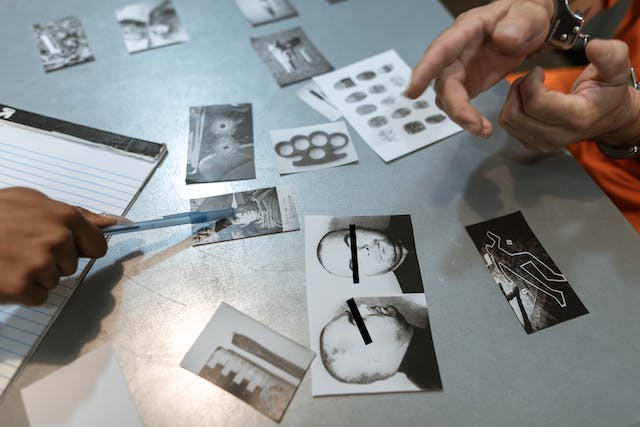The Role of Electronic Evidence in Modern Criminal Defense: A Comprehensive Guide
In the digital age, electronic evidence has increasingly become an important part of criminal defense. In this era of technology, electronic evidence has taken on a central role in the legal world. In this guide, we will explain the role and significance of electronic evidence in modern criminal defense.
Understanding Electronic Evidence
Electronic evidence, also known as cyber evidence, is information that a party intends to submit at trial or has already submitted in some form of electronic media. Such include text messages, emails, and digital pictures, as well as ATM transaction records and internet browser histories. Electronic evidence is also called computer-generated data. Now that the digital era has arrived, electronic information constitutes an important part of criminal and other forms of legal litigation in practice.
Electronic evidence can provide vast amounts of information that could implicate or exonerate a defendant. For instance, a defendant's digital footprints can show the times and places they were active. This is useful for proving an alibi or demonstrating involvement in criminal activity. But complex electronic evidence requires specialized knowledge and skills for handling and interpretation.
The significance of electronic evidence in criminal defense
There are several reasons why electronic evidence is crucially important in criminal defense. It can provide concrete, objective data that will help a defendant's case. Unlike testimonial evidence, which can be very subjective and easily suffer from human error, electronic data is usually more reliable because it's harder to dispute.
Secondly, electronic evidence can provide a more complete picture of the events leading up to a crime. To take one example, a defendant's smartphone may show where they were at the time of an alleged crime, what communications (text messages or phone calls) took place between them and others involved in that activity, as well as their Internet search history. All that data could be valuable and useful for criminal defense attorneys to help build up a defense strategy.
Using Electronic Evidence: The Challenges
Electronic evidence can be an important asset to a criminal defense, but it also presents its own set of obstacles. A key obstacle is the unstable nature of digital data. Electronic evidence is easily changed, deleted, or garbled in transmission, making it hard to retain or present before the court. Thus, it is necessary to handle electronic evidence carefully in order to ensure its integrity and admissibility in court.
Another obstacle is the complexity of digital forensics. Interpreting electronic evidence often requires highly specialized knowledge and skills for defense attorneys unfamiliar with digital forensics. Furthermore, advances in technology occur so rapidly that it's hard to keep abreast of the latest electronic discovery software, tools, and techniques for gathering and analyzing electronic evidence.
The Application of Electronic Evidence in Criminal Defense
There are numerous ways that electronic evidence can be employed in criminal defense. A common use is to establish an alibi. For example, data from a defendant's GPS or cell phone tower records can provide his location at the time of the crime and prove his innocence.
Electronic evidence can also be employed to destroy the case against the prosecution. So, for instance, if the prosecution produces surveillance footage as evidence, then the defense may employ digital forensics to examine it and see whether there are any inconsistencies or signs of manipulation.
Electronic Evidence: Collection and Preservation
Collecting and saving electronic evidence is a very important stage of the legal process. This entails identifying possible sources of electronic evidence, preserving the data in its original form and documenting the process so as to have a complete chain of custody. Proper procedures must be followed in order for the evidence to come to court.
However, digital data is notoriously volatile, making the preservation of electronic evidence difficult. Thus, it is usually necessary to resort to the use of special equipment and procedures in order to obtain and preserve electronic evidence. This might be copying a hard drive for forensic purposes, recovering deleted files with the help of software or taking screenshots of social media posts.
Conclusion
Electronic evidence will continue to play an ever greater role in criminal defenses as technology develops. Even though electronic evidence has many limitations, it also provides enormous opportunities to build an effective defense. Defense attorneys can better serve their clients and promote a fair trial by keeping in mind the significance of electronic evidence as well as how to handle it properly.
Armed with the right know-how, electronic evidence can be an asset in the defense attorney's war chest. Electronic evidence can either be used to create an alibi, dispute the prosecution's evidence or provide a fuller picture of the background events before the crime. In doing so, it may represent the thin line between guilt and innocence.

